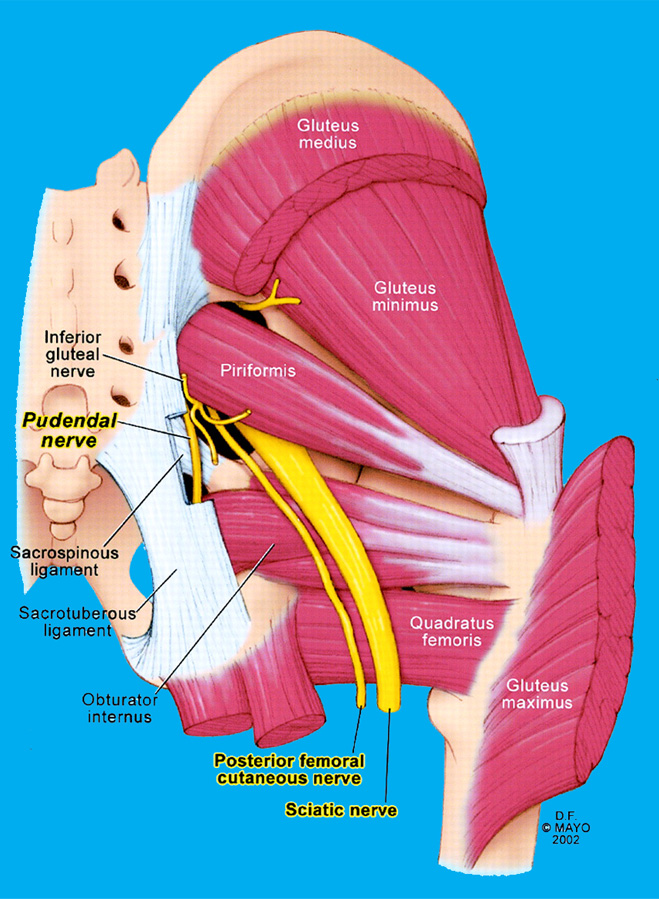Physiotherapy treatment of the Back pain: exercise, yoga, modalities & stretching:
Physiotherapy treatment of the Back pain is the highly recommended treatment option worldwide, Physiotherapist examine your Back and accordingly treatment are planned. Most common form of treatment option in the Back pain is Electrotherapy modalities that helps to relive pain with lumbar traction machine is also used in sciatica pain while stretching and strengthening exercise…








